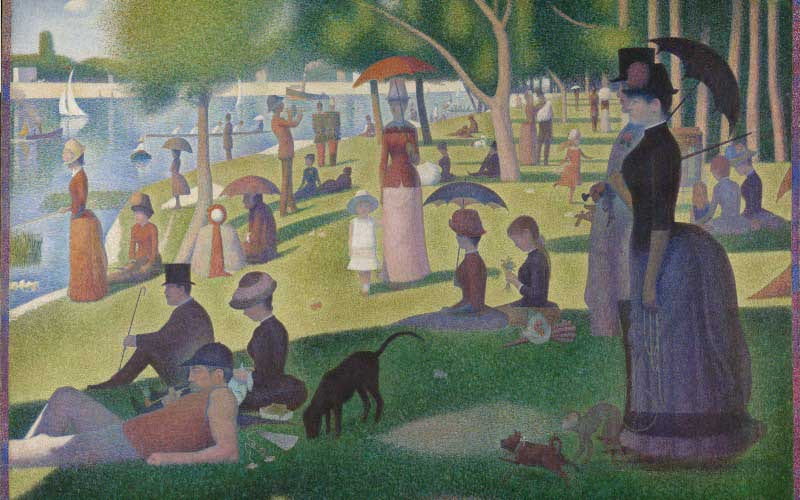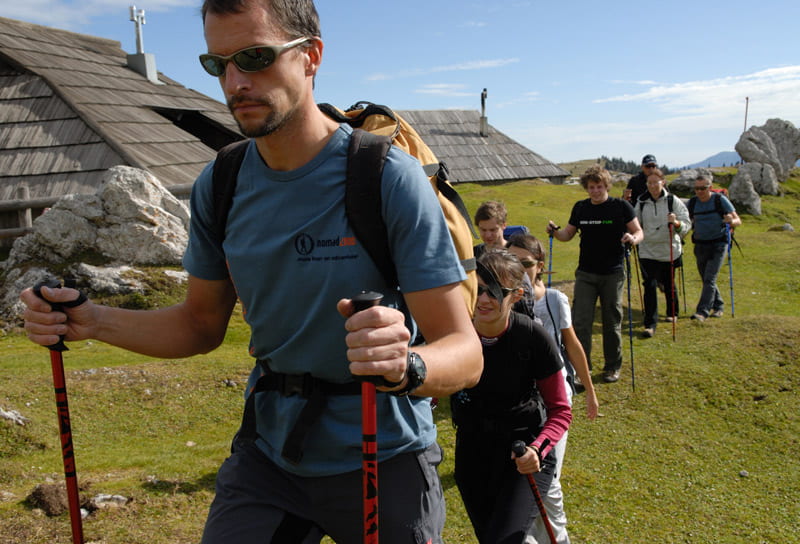
The Kidney Stone website has resources for all audiences seeking to understand the truly complex nature of stone disease and its prevention. We include detailed materials, including videos, the kidney stone guide book, case examples, and more. If you have personal experience with the disease or want to ask questions or our team, you can also pose questions through the contact feature.
Interested in learning more? Please join our mailing list!
Video Collection
A growing number of articles have videos that take you through the difficulties of the medicine and science. People seem to like them a lot, and I think they make it easier to understand the trulv complex nature of stone disease and its prevention. The collected videos range widelv from article based to long form presentations about major problems in stone disease. It is the fastest growing part of the site.
Kidney Stone Guide Book
The kidney stone guidebook has links to everything on the site. It contains personalized prevention, specific types of stones, meal plans, and more. Broken down into articles by chapter and articles by topic, you can explore or search depending on your familiarity and needs.
NEW BOOK! I have written a brief book about how kidneys transform our fluid and diet habits into stone forming urine in the course of their normal life preserving functioning. It is a free PDF. Help yourselves.
News
HYPERCALCIURIA
This is a foundational article for the site. High rates of urine calcium excretion (hypercalciuria) will raise calcium concentration at any given urine flow rate, and therefore raise supersaturation with the calcium stone forming salts. Genetic (‘idiopathic’) hypercalciuria, simply the upper end of the normal range, is greatly over-represented among stone formers, and idiopathic hypercalciuria (IH) is a main focus of treatment for stone prevention. As well, people with IH, stone formers or not, are at risk for bone disease. This article introduces hypercalciuria: IH itself and a few of the less uncommon named diseases that cause hypercalciuria like primary hyperparathyroidism, renal tubular acidosis, and sarcoidosis. It mentions confusing disorders such as normocalcemic primary hyperparathyroidism, secondary hyperparathyroidism, and familial hypocalciuric hypercalcemia. It also offers evidence linking specific levels of urine calcium excretion to risk of stones, a very important matter in deciding what needs to be treated.
WALKING TOUR: SUPERSATURATION
Being so important, the very force that drives crystal and stone formation, supersaturation has enjoyed considerable attention on this site and it seemed time to gather the articles about it into a coherent narrative. The walking tour seems apropos as such tours visit a group of related sites and have, or should have, a guide to put each one into perspective and extract from the entire group some large and generous idea about the world from which they arose. My prior one on stones themselves attempted the same.
THE LOW FLOWS
Given that kidneys supersaturate the urine by conserving water, no treatment can be more immediate and direct than to drink more water than one needs so the kidneys can excrete it and in the process dilute the urine salts – which is to lower supersaturation. Alas, there are many patients who cannot or will not drink enough water, and it is these Joan Parks writes about in this article. Over our 40 years of collaboration very many patients with the problem of persistent low flow have come through our stone program at UC, but Joan and I never wrote a paper about them so much of what we found is buried in their charts. By way of redress, Joan has conjured up a lot of details that we think people will find valuable, even though they have not been shaped into the formal character of a scientific paper.



